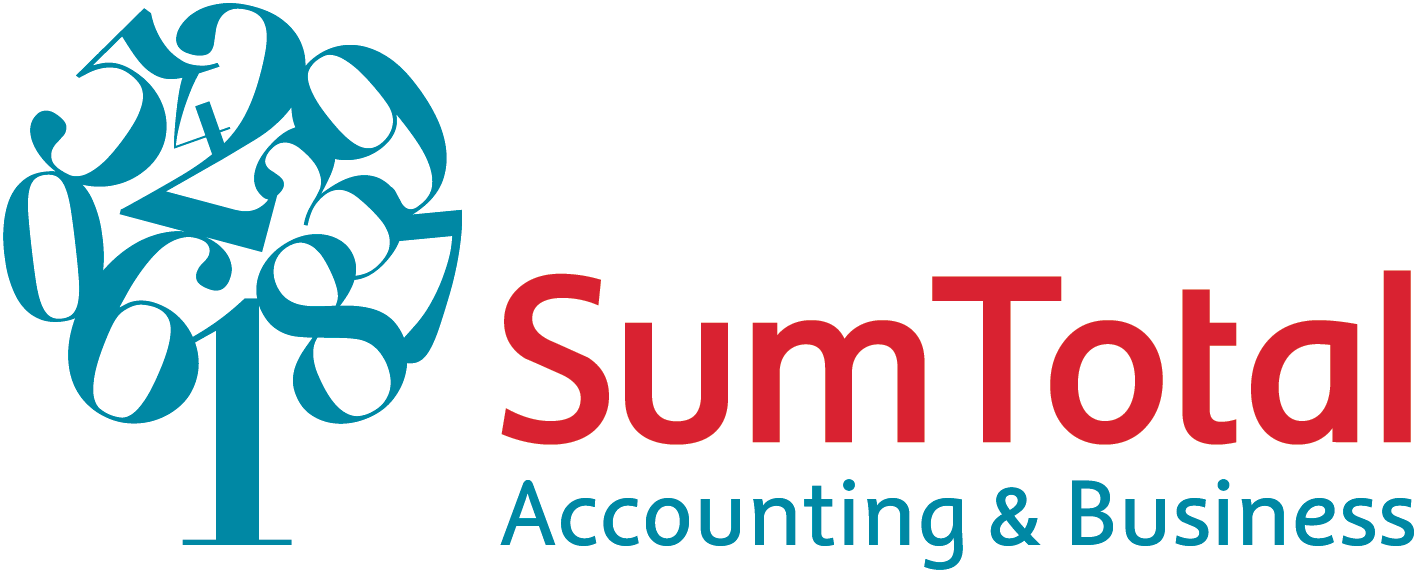Natural disasters within Australia are not unheard of, unfortunately. When fire, floods and tropical storms threaten business operations, employers must often make hard decisions about leaving their shops to weather what nature throws at them.
Over the last few years, the news has often featured the ongoing aftermath of natural disasters on towns and their businesses. The process of recovery amidst this can be a daunting, stressful time for businesses and their employees.
Rather than assume that this process will be quick and that operations will be as usual within a short period of time, save your business the stress of rushing through this recovery.
You can break down the recovery process of your business from a natural disaster into three time frames:
- Within the first two days
- Within a week
- Within a month
Within The First Two Days
You should contact all of the business’s staff to confirm their location and if they’re safe and well. Then, once their situation is confirmed, find out if they’ve been affected, if they can return to work and, if so, when.
Then, conduct an initial damage assessment. If you can safely access your premises, create an inventory of destroyed and damaged items with an estimate of replacement costs. Include photos of damaged items if possible. Don’t clean up until you have contacted your insurer.
Contact your insurer and discuss your damage assessment, level of cover, how quickly your claim can be processed, how much and in what form a claim will be paid and when an insurance assessor will visit.
If it’s safe to do so, salvage any remaining equipment and stock.
Within A Week: Begin Recovery
Begin actions that will assist you in re-opening your business when you are ready. Make a list of any key equipment, stock or activities required for the business to become operational. If any key equipment or stock has been salvaged, store it in a secure location.
Contact your key customers and suppliers, so they know your business has been affected and if existing orders will be affected. Work with your customers so they can continue to receive the goods or services you usually provide and contact them again when you’re ready to resume trading.
Contact your lender and accountant to assess your business’s situation. Assess if you can trade temporarily. Do you have forward orders you can complete or sales you can complete from salvaged stock?
Access any business information held in cloud-based software – this can assist you in retaining normalcy as the information held in the cloud is unlikely to have been affected by the situation at hand.
Consider contacting government agencies that may help affected businesses, such as the Australian Government’s Disaster Assist website.
Within A Month: Further Steps To Aid Recovery
If it is necessary, look for alternative business premises. This may be due to unsafe conditions as a result of the disaster (such as water damage from floods or destruction from fire) It will need to be safe, and you need to consider whether your staff, customers and suppliers will be able to access the alternative premises.
Collect all business records that have been salvaged and decide if off-site copies are retrievable (such as from the cloud or an off-site server). Where there are gaps in records, consider alternative sources to help you reconstruct your financials. You may like to talk to your accountant at this stage for assistance.
In any case, recovering from a natural disaster isn’t a speedy, short-term solution. Consulting with your accountant can assist you in determining what you may be able to salvage financially if it is required, and what your situation is in the meanwhile. Look towards the long-term.


